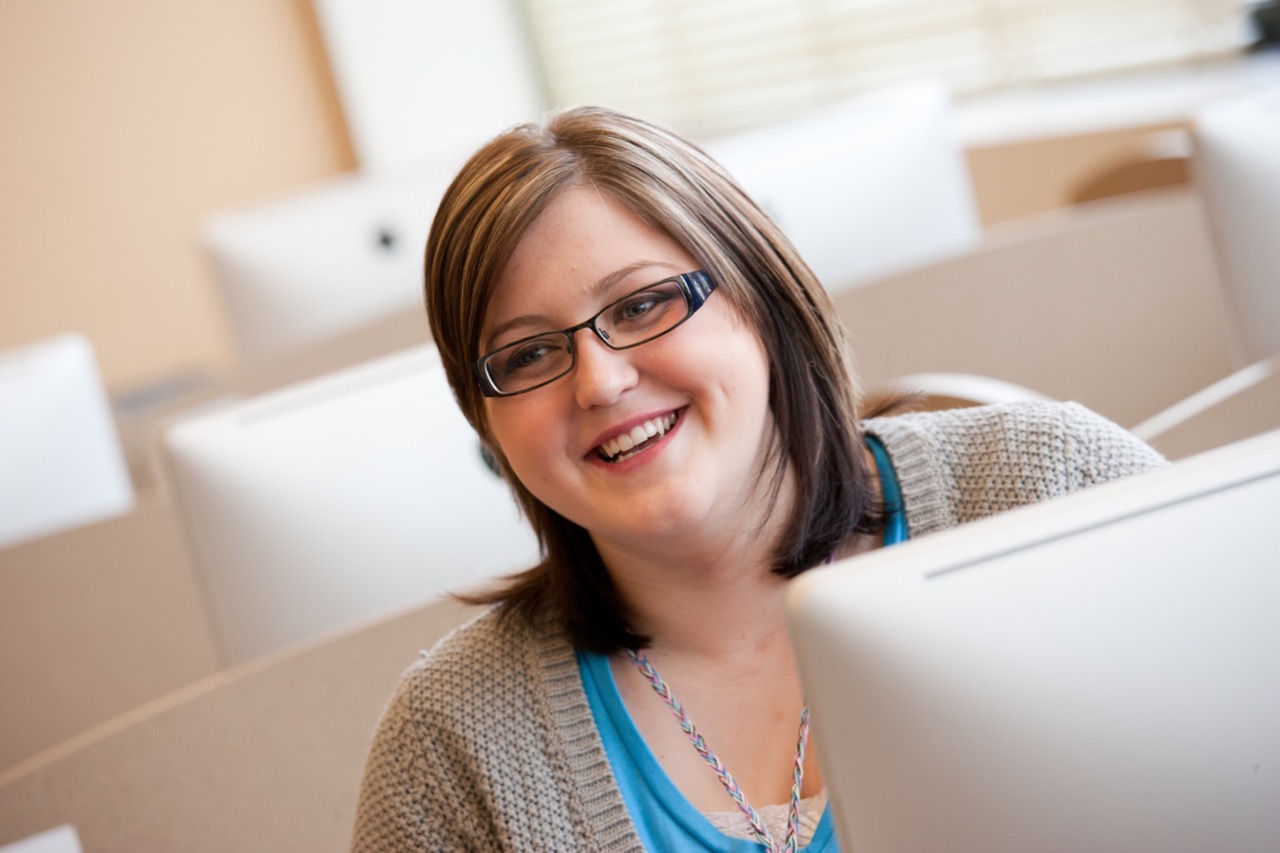Illinois Tech computer science and engineering alumna, Harmony Clauer-Salyers (CS and CE ‘12), has developed a new voice-guidance feature that allows visually impaired combat veterans and other visually impaired users to deposit checks via their smartphones and tablets.
Called Voice Guided Deposit, the new technology tells users how to move their phone or tablet in such a way as to correctly capture the check image. It is part of an app offered to the nearly 12 million customers of USAA Bank, all of whom are active or retired military personnel.
USAA believes the technology is a first in the banking industry, and the company has applied for a patent for it with Clauer-Salyers as the inventor.
“Harmony Clauer-Salyers is credited as ‘the brain‘ behind the voice-guidance feature, which was the winning entry in an employee idea competition in May 2015,” wrote the San Antonio Express about Voice Guided Deposit. A number of other media outlets have also covered the technology, including the Houston Chronicle, News 4 San Antonio, American Banker, Yahoo! and Mobile ID World.
Clauer-Salyers, who is interested in accessibility for technology, came up with the idea for Voice Guided Deposit last year. She worked with two other developers to create the image processing algorithm and build a functional prototype for the USAA employee competition. She was the Mobile Tech Lead and sole Android developer. She also wrote the native library containing the image processing algorithm based on the initial prototype for both platforms.
Said Clauer Salyers, “When working on this effort I was often asked, ‘Why would someone who is blind use a smartphone?’ What these individuals don’t recognize is that smartphones and tablets are considered assistive technology, and the screen-reading technology that allowed us to create Voice Guided Deposit is built directly into both Android and iOS operating systems. It’s also important to note that these accessibility features are continuously being improved upon by both Google and Apple. Having the right tools to build an experience is half the battle, and the mobile platform gives us that. Even though as developers we get a lot of accessibility features for free, it’s still rather difficult working with a technology that is constantly changing.
“I try to keep myself in the mindset that if I develop with accessibility in mind, I can change the mobile experience from being a simple everyday convenience to something that will positively impact and change the life of someone using the app. Just because a user is visually impaired doesn’t mean that their experience can’t be just as rich as someone who can see the screen.”

